(434 products available)



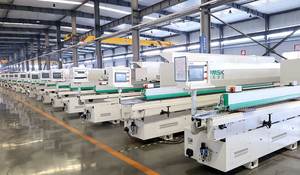





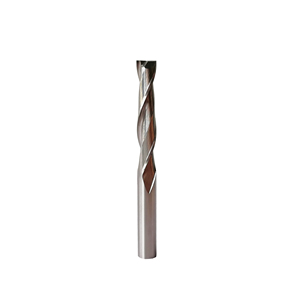



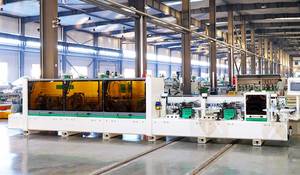
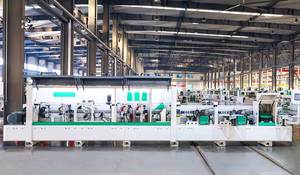

















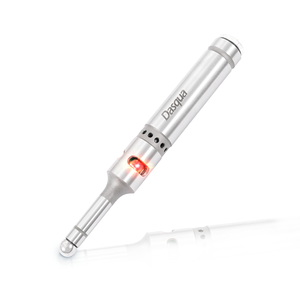


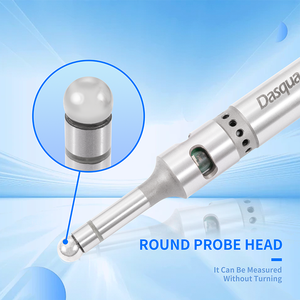
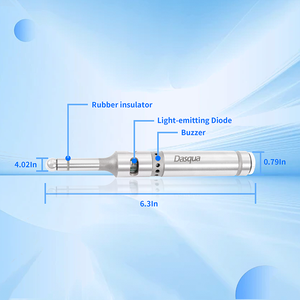
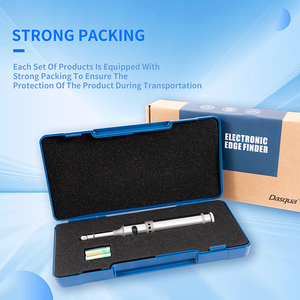

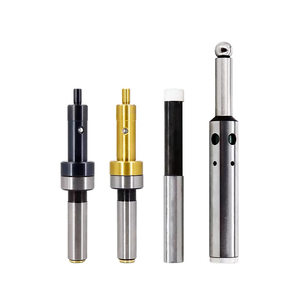

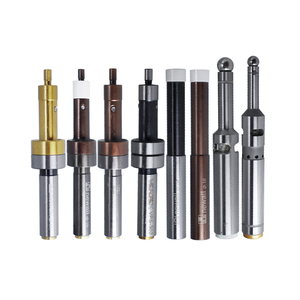




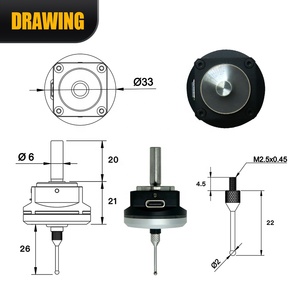


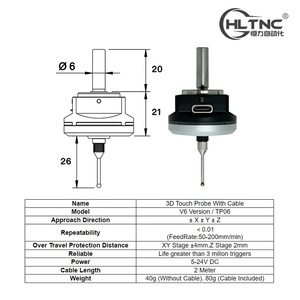



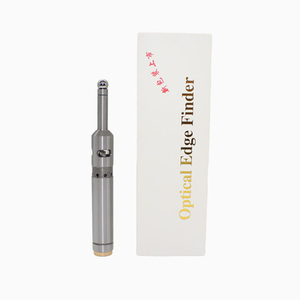


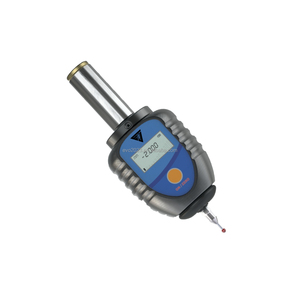




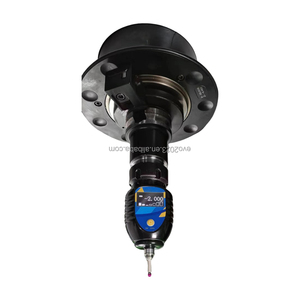
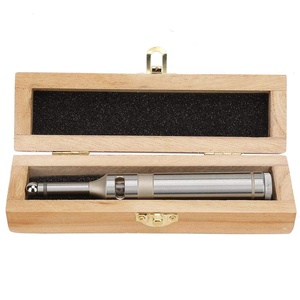



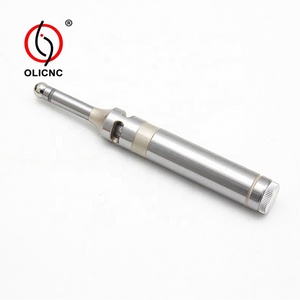




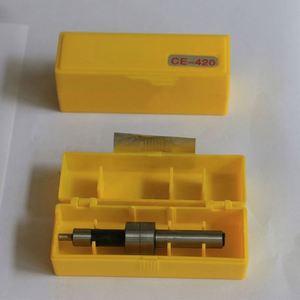
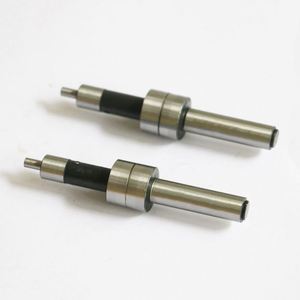











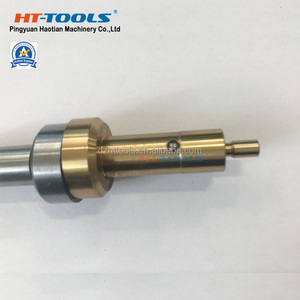



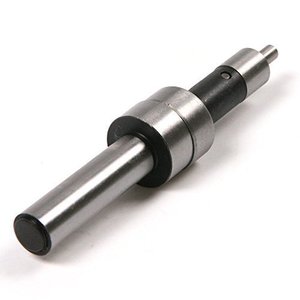























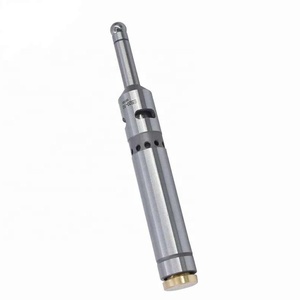


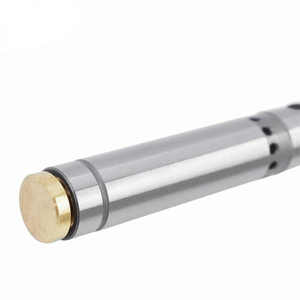



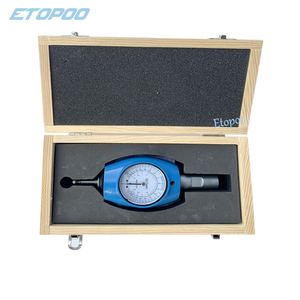
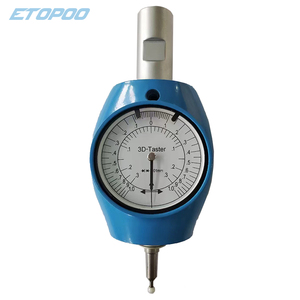
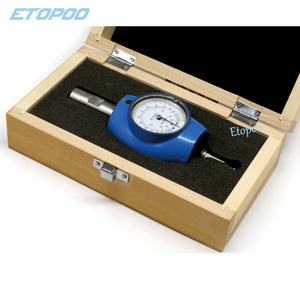












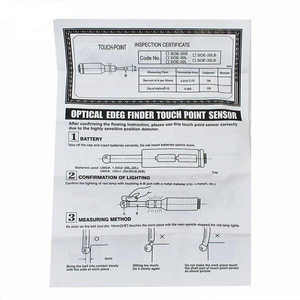

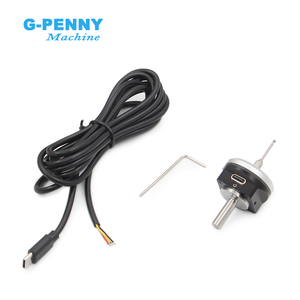





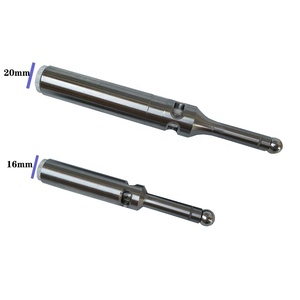







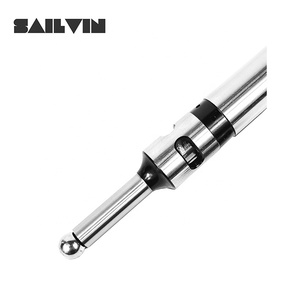
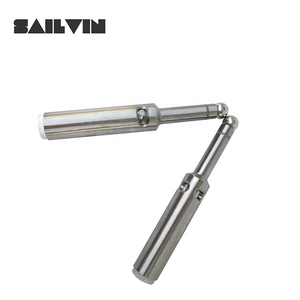




















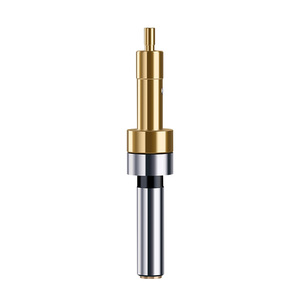




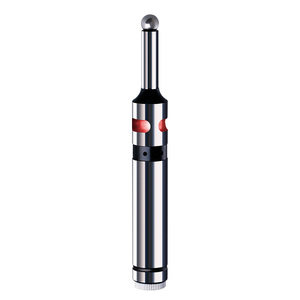




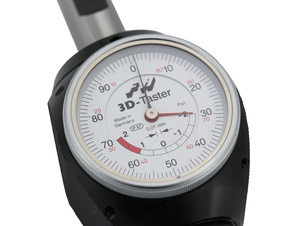


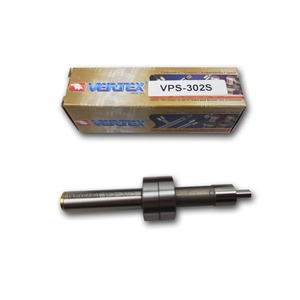
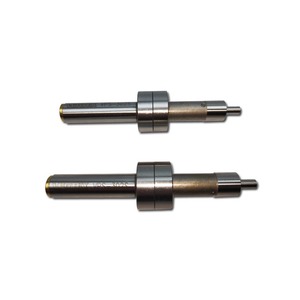
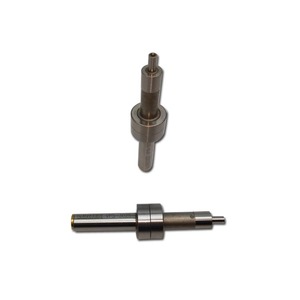
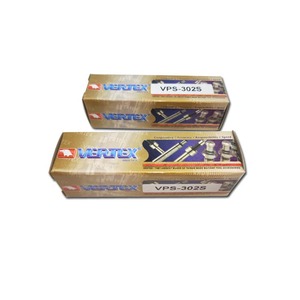


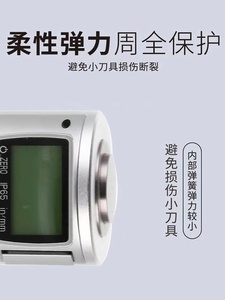








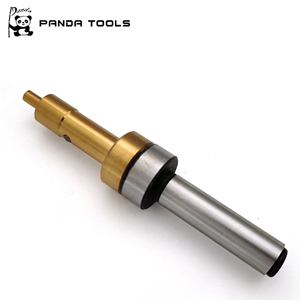

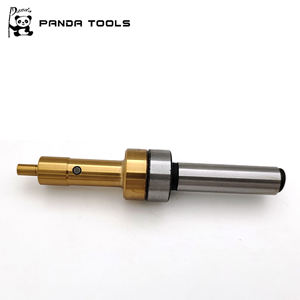









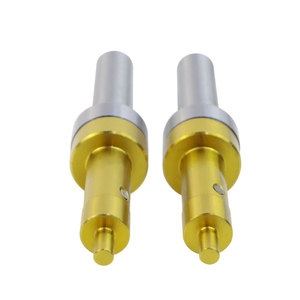


As a handy tool, a center finder CNC is a simple yet effective device that helps machinists and CNC operators precisely locate the centers of cylindrical or square workpieces. The tool itself, often made from hardened steel or similar materials, features a conical or cylindrical tip at one end and a shank at the other. By attaching the center finder to the spindle of the CNC 3D edge finder, the operator can move the workpiece across the stationary tool or move the tool across the stationary workpiece. Either way, the conical or cylindrical tip will make contact with the edges of the workpiece, allowing the operator to determine the exact center.
By understanding how to use an edge finder properly, CNC operators can enhance their ability to accurately set work offsets and locate the edges of workpieces. One of the most common edge finder CNC is the double-ended, spring-loaded style. It consists of a spring-loaded shaft with a precision-ground tip at each end, often differing in size. To use this type of edge finder, the CNC machine's spindle is first turned off. The operator then inserts the tool into the collet or chuck, ensuring it is securely tightened. Next, the machine's spindle is turned on at a low speed, typically around 500 RPM. The CNC operator now carefully lowers the edge finder towards the workpiece. The spring-loaded shaft will move off-center until one of the tips makes contact with the workpiece, causing the shaft to align with the spindle's rotation. At this moment, the shaft will "kick" to one side, indicating that the tip is precisely on the edge of the workpiece. The operator then retracts the edge finder, rotates the spindle 180 degrees, and repeats the process to locate the opposite edge. By taking half of the total kick distance as the radius of the workpiece, the operator can accurately set the work offset or establish the workpiece's zero position.
There are several types of edge finders, each designed to cater to specific applications. The most common type of edge finder is the double-ended, spring-loaded style, as mentioned earlier. However, there are also single-ended edge finders, which feature a spring-loaded shaft with a single precision-ground tip. These are suitable for applications where only one edge of the workpiece needs to be located. Additionally, some edge finders feature audible or visual indicators to signal when the tip makes contact with the workpiece, making them especially useful in noisy environments. Another variation is the electronic edge finder CNC, which uses electronic sensors to detect the workpiece's edge and often provides digital readouts for precise measurements. Finally, there are specialized edge finders, such as the CNC corner finder, which are designed to locate the corners of workpieces. These may have unique shapes or additional features to facilitate corner-finding operations. The choice of edge finder depends on the specific requirements of the CNC machining task at hand.
Edge finders play a crucial role in various machining and CNC operations, where precise positioning and alignment are essential. In the CNC environment, edge finders are employed during the setup phase to establish work offsets accurately. By locating the edges of the workpiece with precision, operators can ensure that the cutting tools follow the desired paths, leading to accurate and repeatable machining processes. Edge finders are particularly valuable in applications that involve intricate part geometries, tight tolerances, or the need for consistent alignment between the workpiece and the machine's coordinate system. Beyond CNC machining, edge finders find applications in conventional machining, such as milling, turning, and grinding, where the manual or CNC-assisted location of workpiece edges is critical for achieving dimensional accuracy. In the hands of skilled machinists, these versatile tools contribute to the overall efficiency and quality of the manufacturing process.